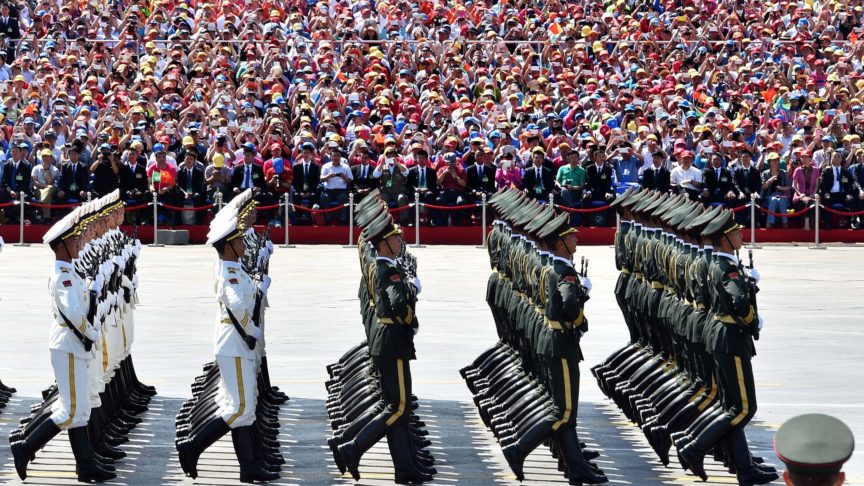Brahma Chellaney
Far from seeking to hide its frenzied nuclear-weapons buildup, China is flaunting it, as if to underline that its rapidly growing arsenal is driven more by political than military considerations. The unprecedented speed and scale of the buildup appears to be linked to President Xi Jinping's international expansionism as China seeks global primacy by 2049, the centenary of communist rule.
China's neighbors need to pay close attention to this buildup, even though it seems primarily aimed at dissuading Washington from challenging China's actions at home and abroad.
Just as Xi's muscular revisionism has largely centered on Asia, from the East and South China Seas to the Himalayas, the security-related impacts, as opposed to the geopolitical implications, of the fast-growing Chinese nuclear armory are likely to be felt principally by Asian states.
Neighboring countries, from Japan and the Philippines to India and Bhutan, are already bearing the brunt of Xi's recidivist policies. But with a larger nuclear arsenal, Xi will be further emboldened to step up his conventional-military tactics and hybrid warfare from behind China's highly protective nuclear shield.

















